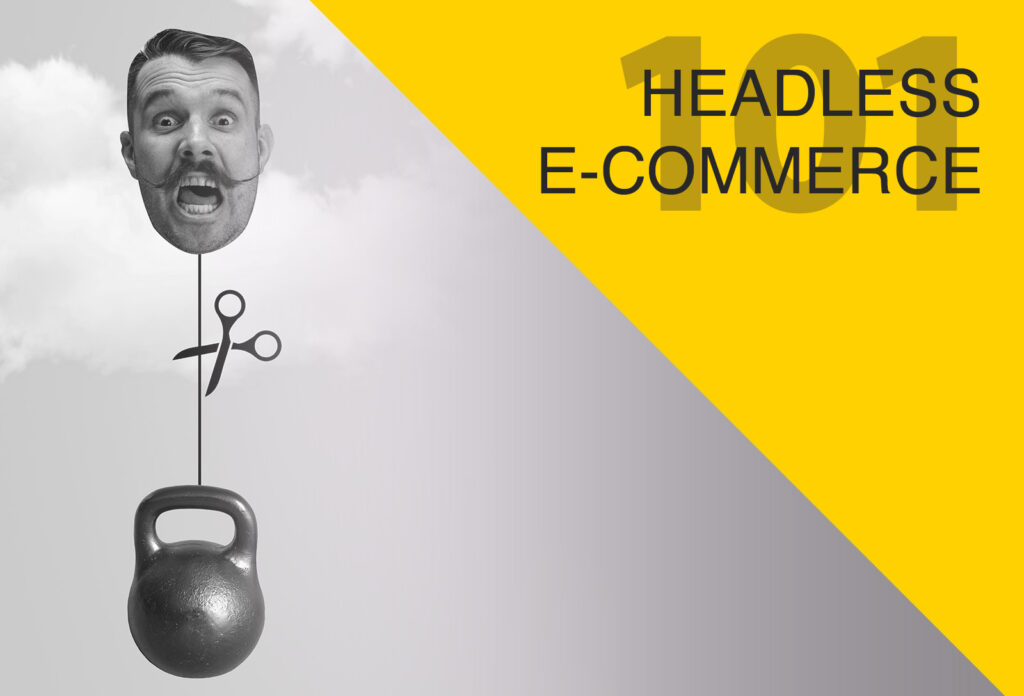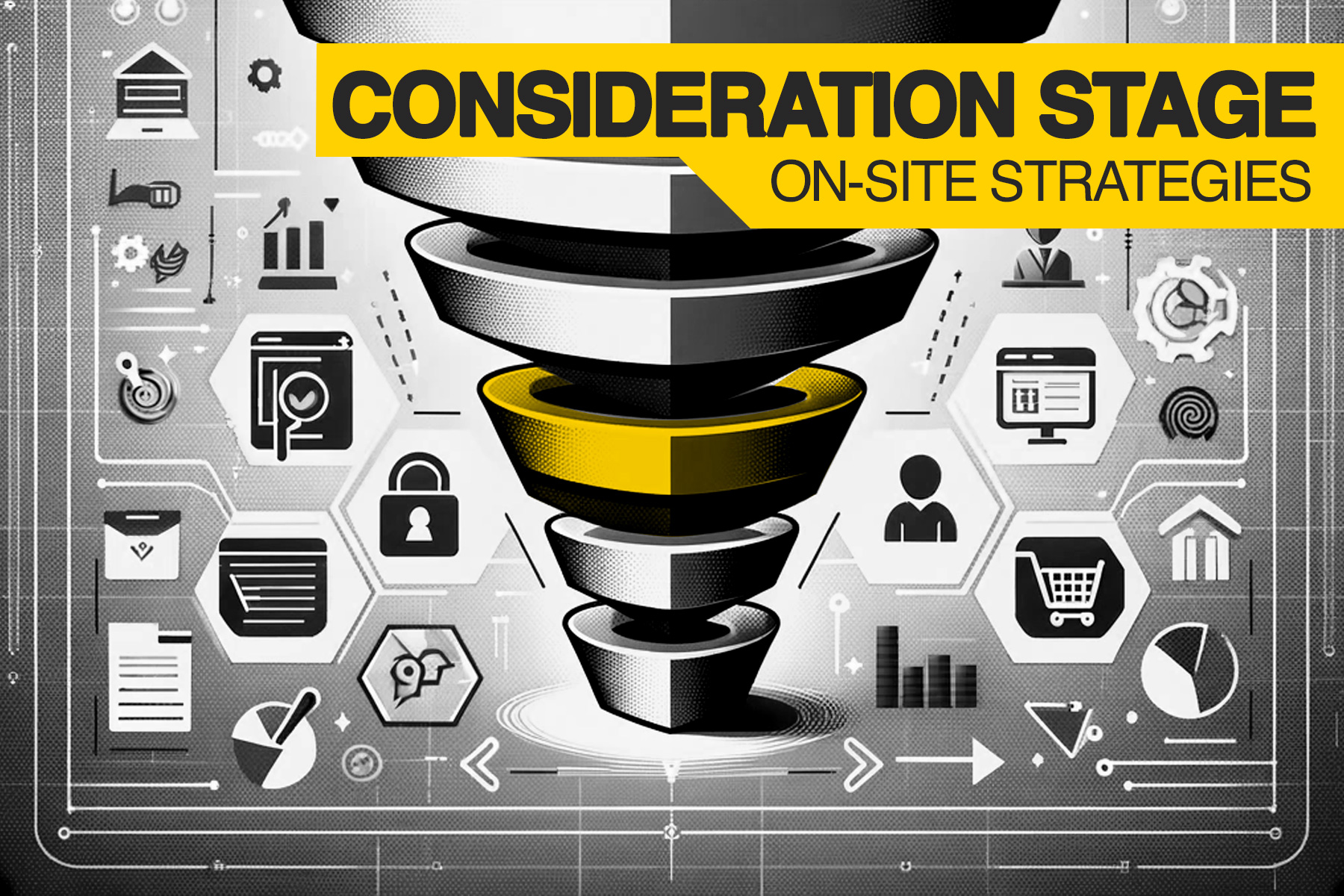Headless approach to ecommerce means detaching the back end which is the engine of your ecommerce from the front end which is your ecommerce experience. By using headless ecommerce, companies can leverage their favorite frontend technology for content quality and then integrate a backend ecommerce solution that manages all the commerce features.
There are many benefits to headless ecommerce approach, such as more flexible and personalized user experience, faster online solutions deployment, and multi-channel support.
What is the difference between headless ecommerce and traditional ecommerce?
In traditional ecommerce platforms and systems, back-end and front-end are all connected under same roof. Code for both co-exists in one model making changes very difficult as they require adjustments on both sides.
How headless ecommerce works?
In headless ecommerce structure, front end and back end are separate and APIs are used to establish a communication between the two.
APIs are universal ways of communicating between different types of systems, tools, and programming languages. This creates a very flexible environment that not only provides more options for building the front-end of your ecommerce website, but also the ability to have customized user experiences, multi-channel support as well as multiple websites with only one, easy to maintain back-end system.
Let’s looks at some of the benefits of headless ecommerce architecture.
Top 5 benefits of headless ecommerce architecture
While saying headless insinuates a lack of the head, or the face of the ecommerce, reality is completely difference. You may say that a better description would be a system with multiple heads. However, the original term leans more towards the back-end development without the worries of the front-end.
- Multi-channel support
- Flexible front-end development (flexibility of technology used)
- Quicker front-end redesigns and updates
- Easy new employee adaptation
- Personalized customer experience
1 – Multi-Channel support
Since headless ecommerce architecture decouples front from back end and uses APIs for the communication, you can have multiple front-end solutions.
Using APIs you can create custom purchasing experiences across multiple platforms, such as social media shopping, AR/VR shopping, marketplace selling (Amazon, eBay) and many others.
With many home appliances and devices now being continuously connected, headless ecommerce can allow you to integrate ordering of products in such devices. An example of that can be a refrigerator with a display with an app connected to your ecommerce for food ordering.
2 – Flexible front-end development
In a traditional, monolithic ecommerce architecture, both front and back end developers have to work closely on developing and updating an ecommerce platform. Any change on the front-end requires adjustment to back-end code and vice versa.
Separating the two with headless architecture not only eliminates this problem, but makes the development much more efficient and deployments faster. Back-end developers would focus on functionality and back-end structure, while front end developers focus on user interface and experience for a frictionless shopping experience.
Flexible front-end development means that part of your team is free to choose the programing language or the best suitable platform for the front-end of your ecommerce store.
One front-end team can develop a website, while the other develops an app for a voice assistant for example, and both are using the same back-end and APIs.
3 – Quicker front-end redesigns and updates
Companies often couple changes in strategies and directions with changes to, or a complete redesign of their brands.
Instead of working on a new ecommerce store from scratch, your development team can focus only on the new front-end development while still using the same APIs to connect to the unchanged back-end.
Read my Do you really need to completely redesign your ecommerce website? post for advices on how to avoid this.
Even better is the fact that you can use the live APIs to design a new website making testing of a new redesigned website a more familiar environment.
4 – Easy new employee adaptation
In a traditional ecommerce environment, both back-end and front-end developers work together and agree on their preferred structure of code. Most of the times, these teams come up with direction that best suits both of them.
If you need to replace any member of your development team, or hire new ones, these employees have to adopt and understand previous approaches.
With headless architecture, each team works under well-established programming languages. All a front-end developer needs to know is the APIs that are available and use them to build functional storefront. Same goes for the back-end developers that can focus on building the functionality only to the point of APIs.
5 – Personalized customer experience
With the use of APIs to build the the front-end, comes the ability to build personalized shopping experiences for your customers.
Ecommerce managers can use headless ecommerce architecture to try out and optimize customer journey through their storefronts, providing personalized pricing and custom experience for customers with different product needs.
Conclusion
Headless ecommerce architecture is no longer a future vision, it is actually becoming a requirement if you want to stay at the top of the ecommerce game.
Switching from traditional to headless environments can be intimidating, time consuming and expensive, but it will set you up for many future successes and opportunities.


